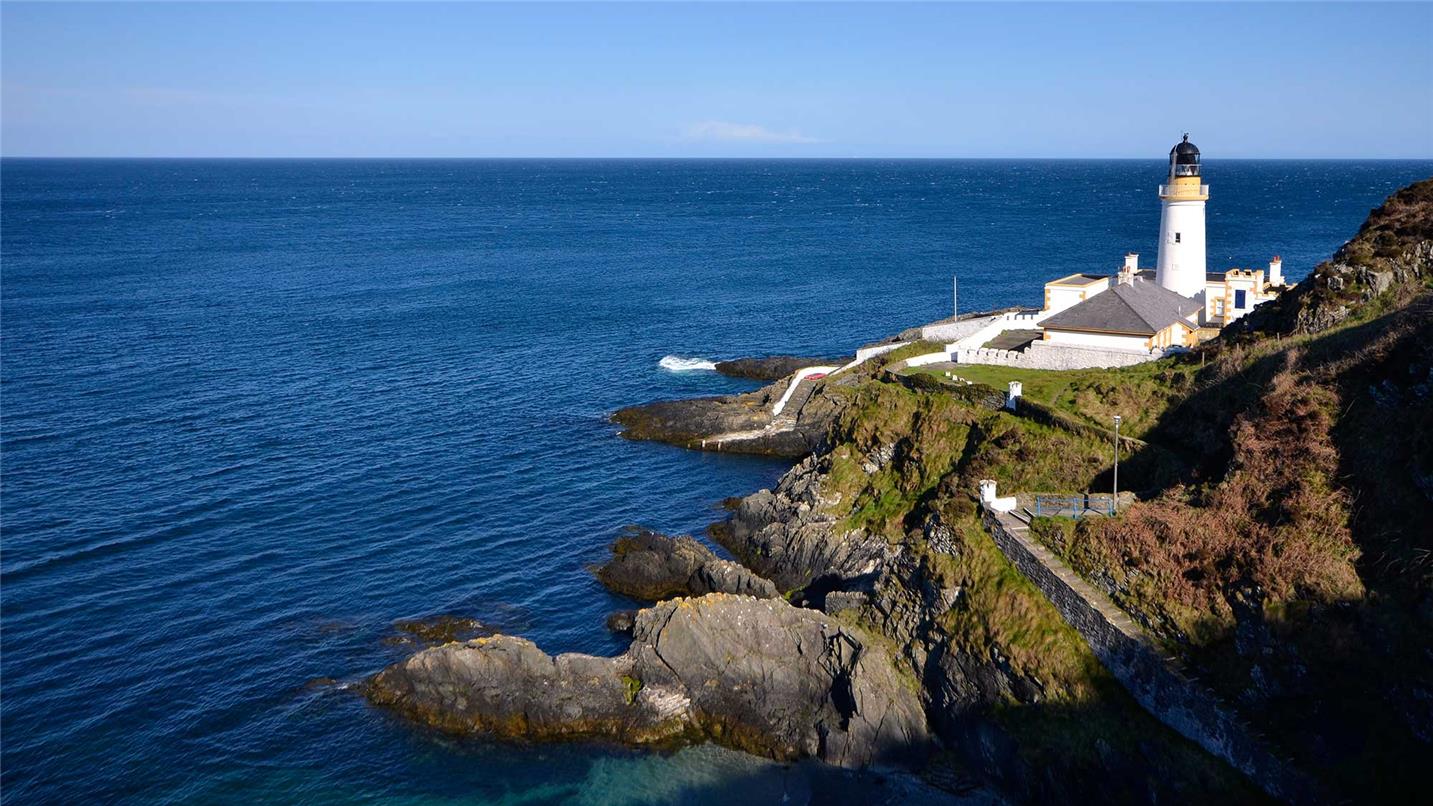Recover 100% of waste on the Isle of Man
Sitting in the Irish sea off the coast of north-western England, the Isle of Man is a British Crown Dependency with its own government, currency and language. In 1995, the Manx government decided to stop all landfill operations and to give priority to recycling and energy recovery. It therefore turned to SUEZ to treat and recover:
- the household waste of its 80,000 inhabitants,
- non-toxic special waste produced on the island (tyres, waste oil, meat product waste, hospital waste).
Offer a second life to waste
SUEZ built an incineration and energy recovery plant in Richmond Hill, in the south of the island. This plant features two incineration channels which treat household waste and non-toxic industrial waste.
Preserve water resources and protect the environment
The use of stormwater as a cooling process reduces drinking water consumption by 50%. The water is reused in steam form in boilers after cooling, condensation and treatment, thereby preventing the discharge of wastewater.
To handle maintenance shutdowns, the treatment plant design includes a buffer storage capacity of the equivalent of 16 days of waste collection. It is also possible to store 300 containers of non-toxic special waste on the site.
Generate energy
The Richmond Hill waste-to-energy plant is the second largest energy source on the Isle of Man. The facility produces 10% of the electricity consumed by island inhabitants.
Preserve water resources and protect the environment
The use of stormwater as a cooling process reduces drinking water consumption by 50%. The water is reused in steam form in boilers after cooling, condensation and treatment, thereby preventing the discharge of wastewater.
To handle maintenance shutdowns, the treatment plant design includes a buffer storage capacity of the equivalent of 16 days of waste collection. It is also possible to store 300 containers of non-toxic special waste on the site.
Generate energy
The Richmond Hill waste-to-energy plant is the second largest energy source on the Isle of Man. The facility produces 10% of the electricity consumed by island inhabitants.
The results
The environmental management system implemented by SUEZ is ISO 14001 and ISO 9001 certified and also meets the EMAS European standard. It is the vanguard of the new green, circular economy desired by the government of the Isle of Man.
The facility has reduced its own energy consumption by 17%, enabling it to supply 0.5 MWh for each tonne of waste processed.
The facility has reduced its own energy consumption by 17%, enabling it to supply 0.5 MWh for each tonne of waste processed.
Read more

Recovery and waste management
Discover our expertise
